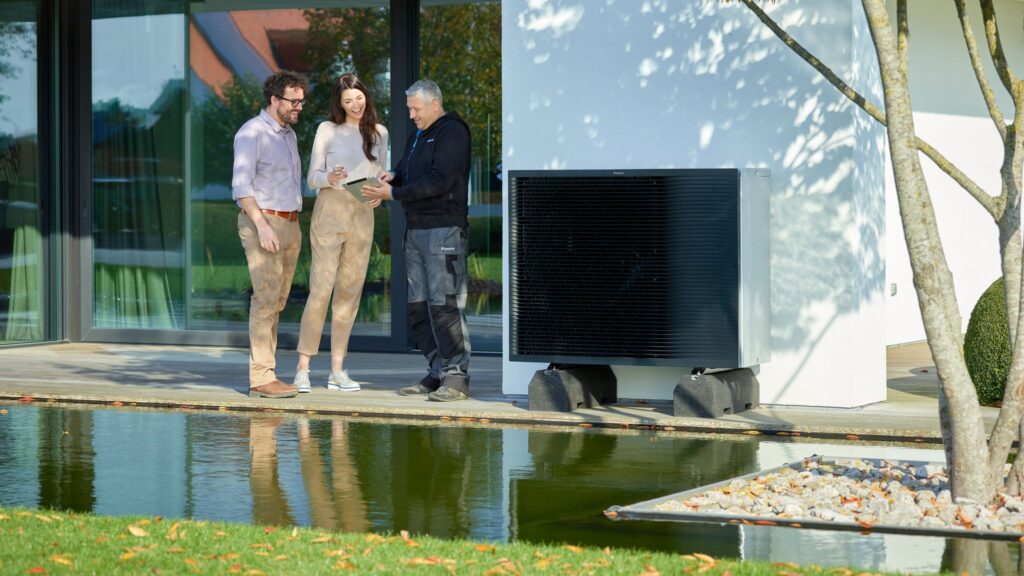
An air to water heat pump is an energy-efficient and environmentally friendly alternative to traditional heating systems. Here are some key features of air to water heat pumps:
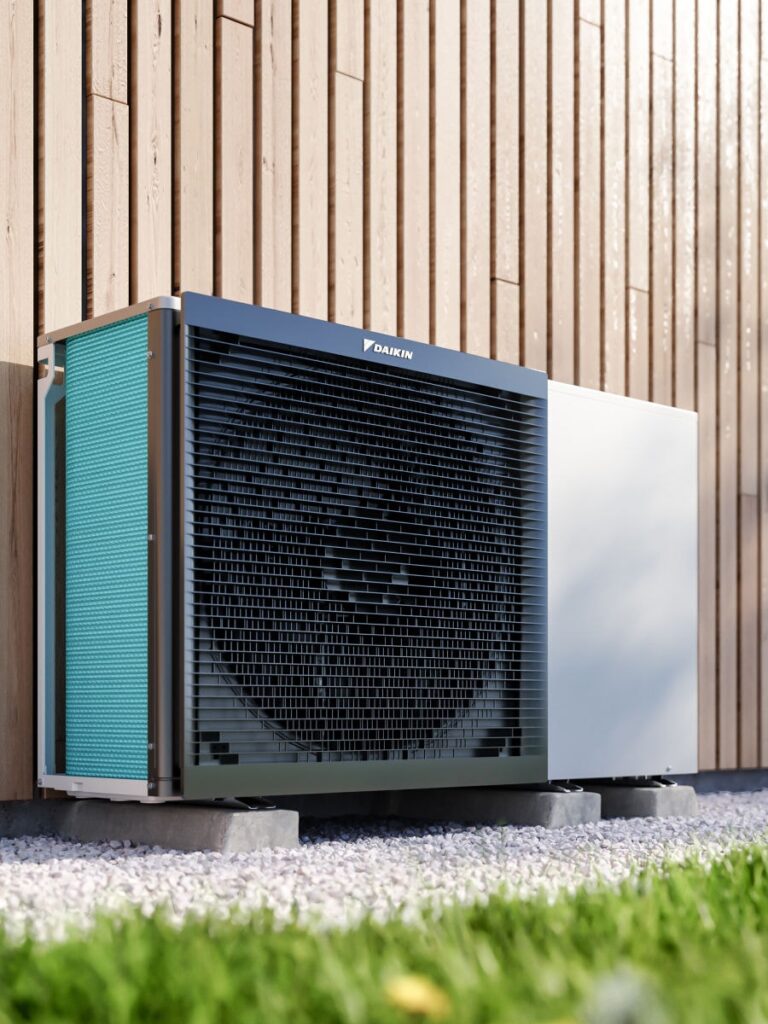
- Efficiency: Air to water heat pumps extract heat from the outside air, even in colder temperatures, and transfer it to heat water for space heating and hot water. This process is much more energy-efficient than traditional heating methods, such as electric resistance or fossil fuel-based systems.
- Versatility: Air to water heat pumps can be used for both space heating and domestic hot water production. They can be integrated with existing heating systems, such as radiators or underfloor heating, and can provide hot water for showers, faucets, and other household needs.
- Renewable Energy: Since air to water heat pumps rely on the ambient air as a heat source, they do not require the burning of fossil fuels. This makes them a sustainable and environmentally friendly choice, reducing greenhouse gas emissions and dependence on non-renewable energy sources.
- Cost Savings: By using the natural heat in the air, air to water heat pumps can significantly reduce heating costs compared to traditional heating methods. The energy efficiency of these systems can lead to lower utility bills in the long run, offsetting the initial investment.
- Zoned Heating: Air to water heat pumps allow for zoned heating, which means different areas of a building can be heated to different temperatures. This provides greater control over comfort levels and energy usage, optimizing efficiency and reducing wasted heat.
- Low Maintenance: Air to water heat pumps generally require minimal maintenance. It is important to follow the manufacturer’s guidelines for regular inspections, filter cleaning, and system checks to ensure optimal performance and longevity.
- Quiet Operation: Modern air to water heat pumps are designed to operate quietly, both indoors and outdoors. This ensures a comfortable environment without excessive noise pollution.
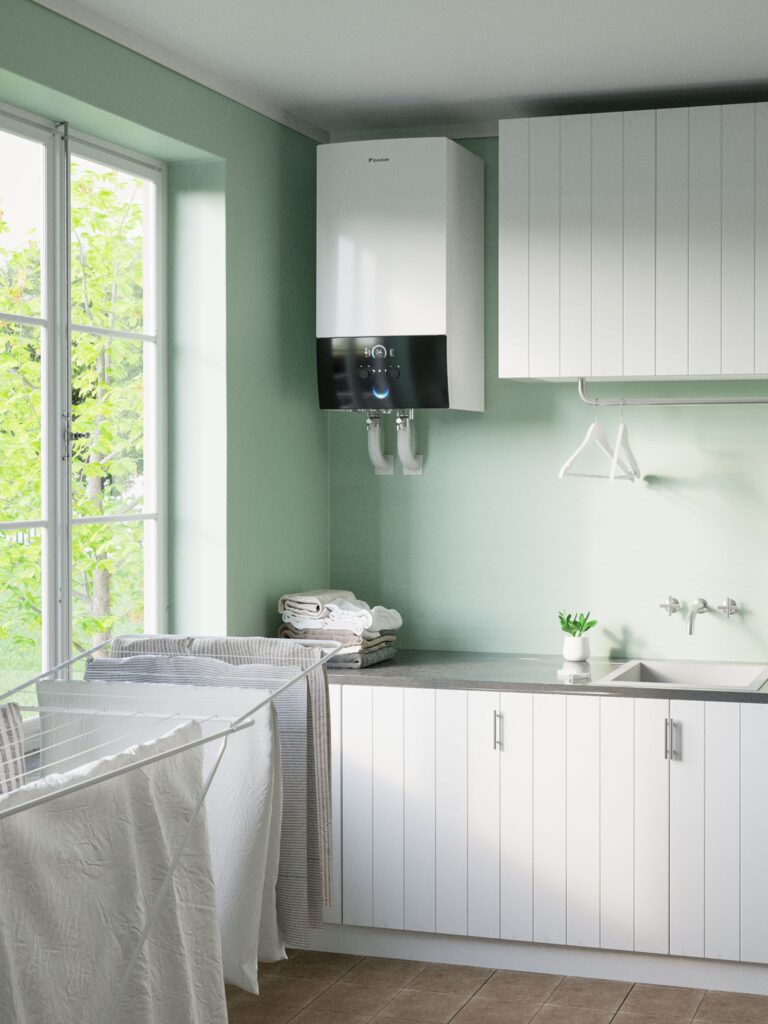
Before considering installing an air to water heat pump, it is recommended to consult us so we can assess your specific needs and determine the most suitable system for your property. Professional installation and regular maintenance are essential for the proper functioning and longevity of an air to water heat pump system.
Installing an air to water heat pump requires careful planning and professional expertise. Here are the steps involved in the installation process:
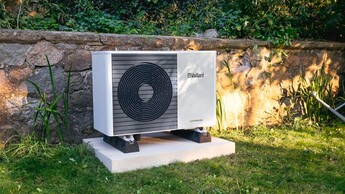
- Site Assessment: A qualified technician will assess your property to determine the most suitable location for the heat pump unit. Factors such as available space, accessibility, and noise considerations will be taken into account.
- Heat Pump Selection: Based on the size of your property and heating requirements, we will recommend the appropriate size and capacity of the heat pump. It’s important to choose a unit that can efficiently meet your heating and hot water needs.
- Preparation: The installation area needs to be prepared before the heat pump can be installed. This may involve removing any obstacles or debris, ensuring proper ventilation, identify the drainage requirements and making necessary connections to the existing heating system.
- Outdoor Unit Installation: The outdoor unit of the heat pump will be installed, typically on a concrete pad. The unit should be positioned to allow adequate airflow and drainage and accessibility for maintenance purposes.
- Indoor Unit Installation: The indoor unit, which includes the circulation pump, backup electric heat exchanger, and controls, will be installed inside the building. This will require connecting to the existing heating system, as well as installing a new unvented hot water tank and any necessary piping and electrical connections.
- Piping and Wiring: Water piping and electrical wiring will be installed to connect the indoor and outdoor units. It’s crucial to ensure proper insulation and sealing of the piping to avoid energy loss and pipe freeze during the winter period.
- Testing and Commissioning: Once the installation is complete, we will perform thorough testing to verify that the heat pump is functioning correctly. Fine tuning will be needed to over a period of time to achieve the required heat pump efficiency.
- User Training: We will provide instructions on how to operate and maintain the system.
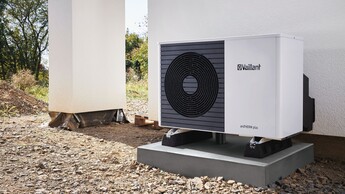
Remember, air to water heat pump installation should always be carried out by qualified professionals to ensure safety and proper functionality. By choosing a reputable installer and following the recommended maintenance practices, you can enjoy the benefits of an efficient and reliable heating and hot water solution for your home or business.